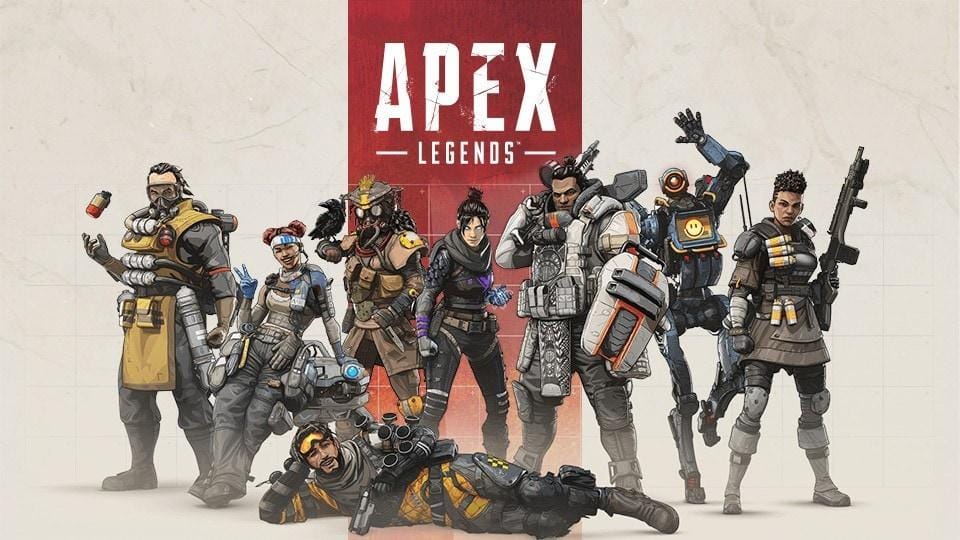

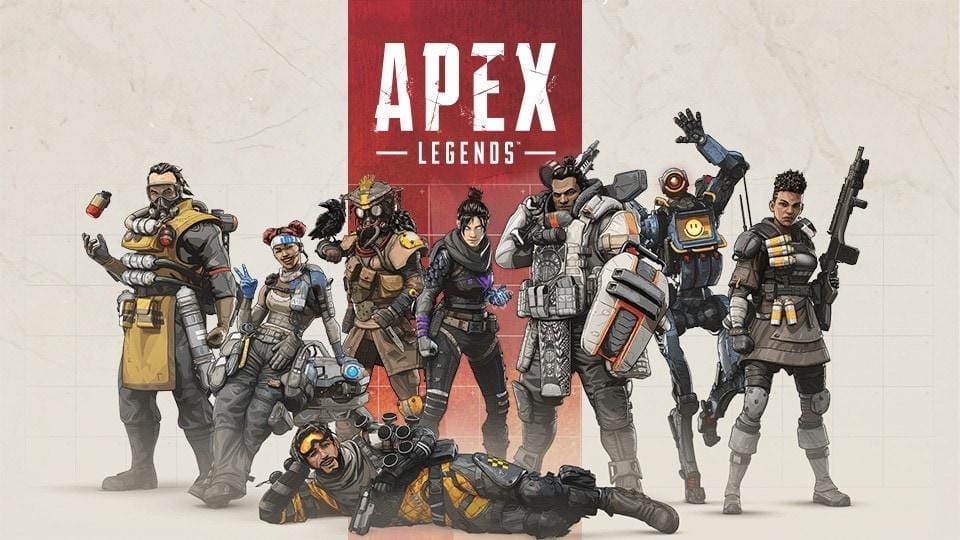
Most players don’t realize how fast Apex moves until they’re already losing fights they barely had time to process. Landing into POIs like Promenade or Lava City feels chaotic at first, but the real challenge comes after the first rotation, when teams with better map sense, cooldown management, and timing start showing up with full purples and a plan.
Surviving those fights takes more than tracking and quick loot grabs. You need to understand the impact of every strategic decision, from drop path to disengage timing, and how it affects the outcome three zones later. This article has everything you need to master Apex while letting you know how long it takes to learn this game.
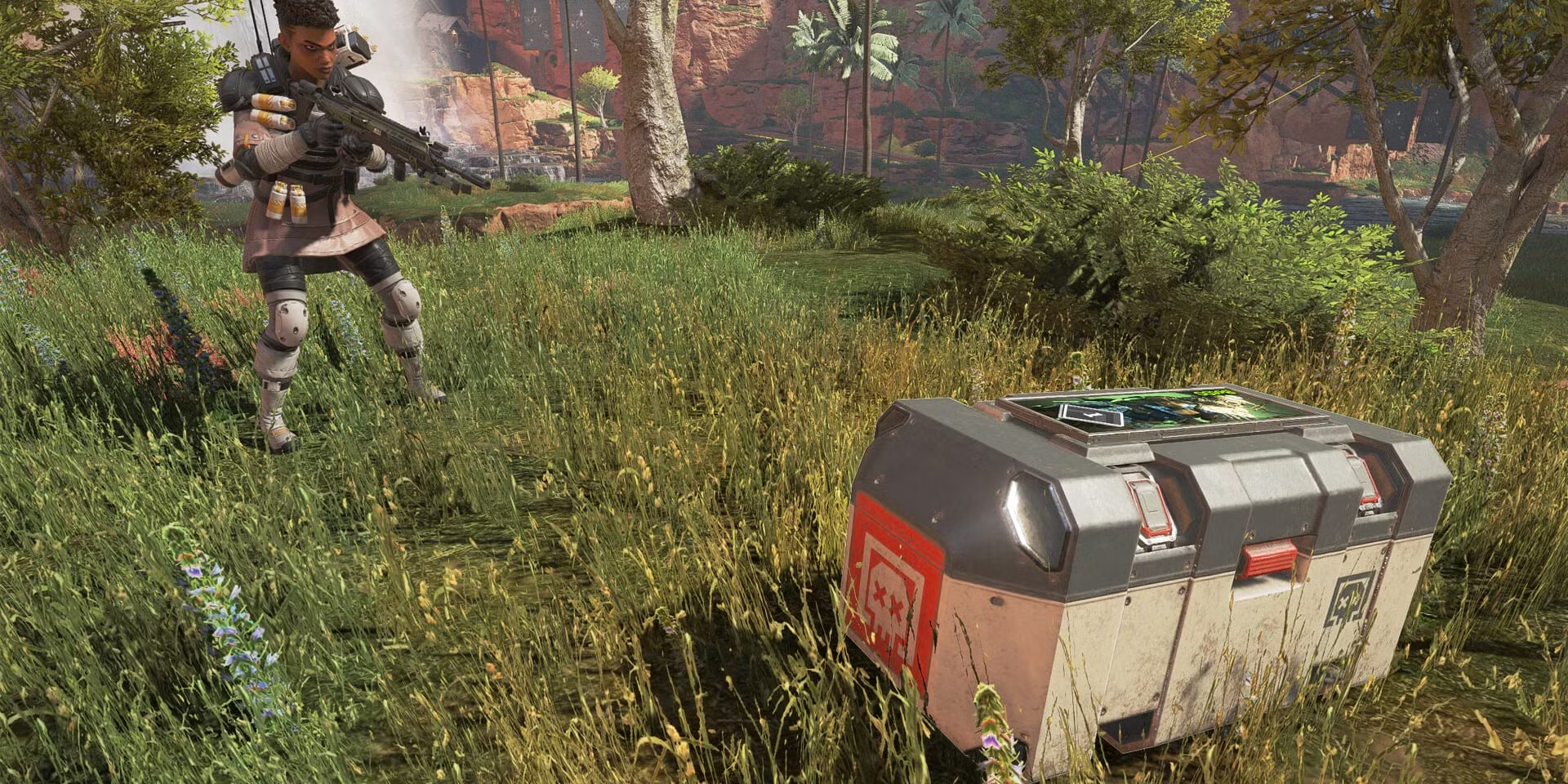
Progress doesn’t follow a clean learning curve. Players might hit early strides because they come from similar shooters and already know how to strafe fight, armor swap mid-gunfight, or hold height.
Other gamers spend their first 50 hours looting too long, forgetting to ping rotations, or pushing isolated fights with no third-party awareness. Mistakes lead to wipes, and lessons take longer to land without structured feedback.

Small details become the reason fights collapse. Missing a single arc star can open up a swing, and holding an angle too long without a scan lets a flanker wrap. Even basic kit knowledge, like whether a team has a Catalyst ult on cooldown or a Valk ult ready to reposition, changes how engagements unfold.
These are decisions that separate low-tier chaos from competitive control, and they don’t become second nature without repetition and review.
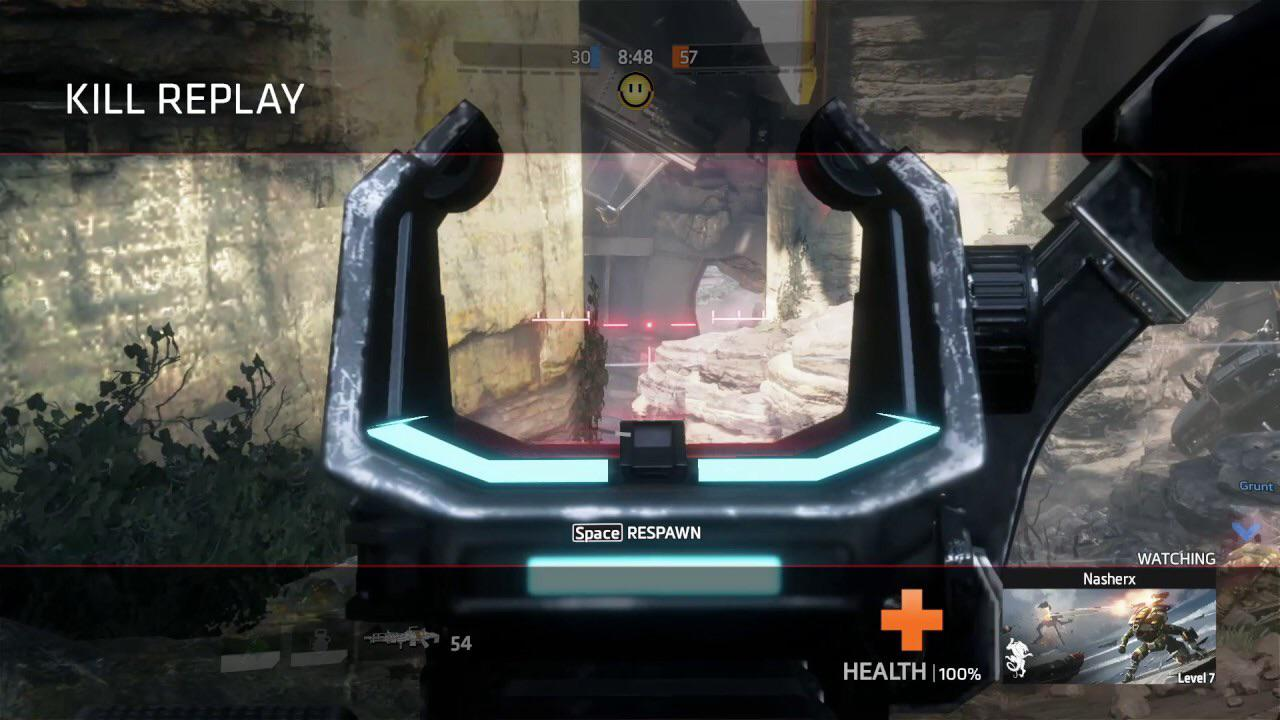
One of the biggest time sinks is playing without a reference point. Apex has no killcam and no way to break down the fight after it’s over. If a team collapses from two directions and wipes the squad in six seconds, it’s easy to chalk it up to unlucky matchmaking.
Without a clear look at how the engagement broke down, players keep repeating the same decisions, like looting too close to the ring edge, using movement abilities too early, or isolating without realizing their teammates have no line of sight.

What does an Apex coach do? They watch how the squad landed, if the loot path made sense, how the first fight was approached, and where positioning broke under pressure.
That might mean reviewing how an Octane stim created an opening but also forced a solo push, or how a Crypto EMP was timed well but followed by a hesitant entry. Each review follows the actual match, with decisions tied to the comp, the rotation, and the moment it broke.

Apex punishes disorganization faster than most shooters. A lot of players know the mechanical parts of the game, and they don’t have a problem with aiming trainers, handling recoil drills, and pushing through movement routines solo.
Players learn to aim and move on their own, but decision-making in real fights tends to stall. It’s hard to know when to fall back or how to push without breaking team shape, and coaching breaks those patterns early. It focuses attention where it’s slipping, so matches stop blending into the same mistakes.

Sessions through WeCoach focus on personalized improvement plans, be it rotation decisions, fight flow, or ult usage. That might involve reviewing why the team lost control of zone entry or how they took the roof but gave up pressure by stacking behind cover with no crossfire.
Coaches flag gameplay that felt right in the moment but collapsed because of spacing or cooldown overlap, and they help turn instinct into intention.
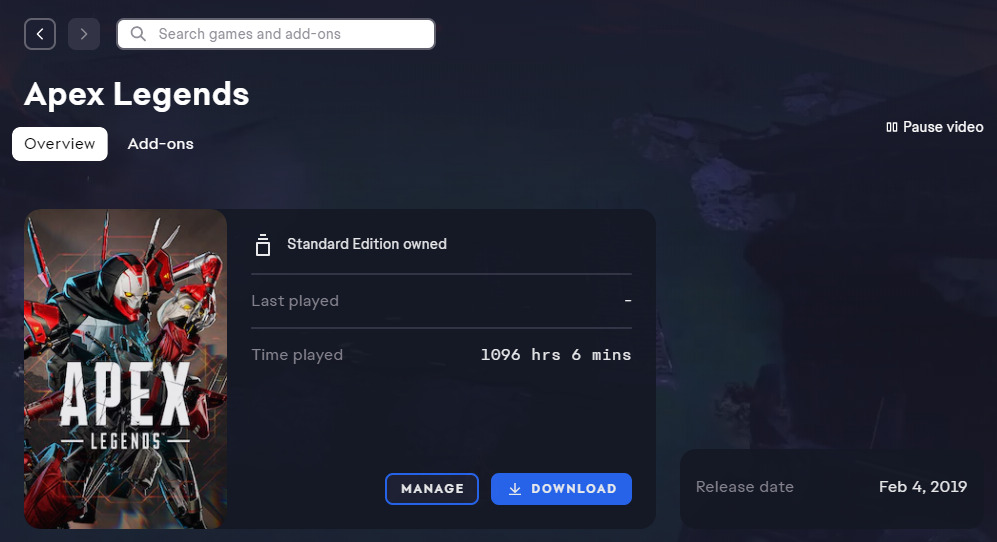
Time alone doesn’t guarantee improvement in-game. A player can log 300 hours and still rotate late, commit to open field fights, or forget to ping knockdowns for banner grabs, and without accountability, those habits become default. Coaching introduces friction into that comfort zone, forcing players to see what’s happening in real-time, rather than what they assumed went wrong.
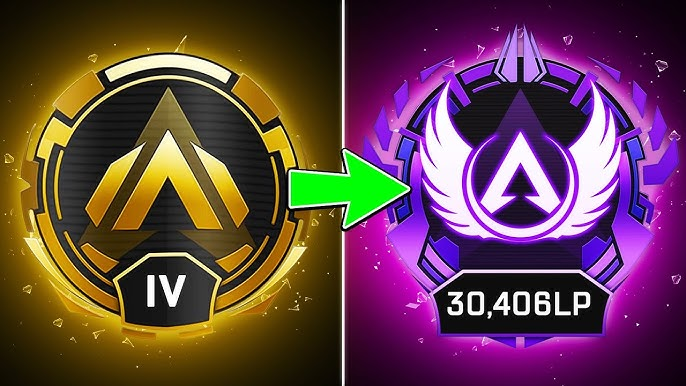
The early hours in Apex are spent surviving fights that unfold faster than expected. Movement feels off, cooldowns get burned without impact, and ring rotations lead straight into teams already holding power positions.
Improvement takes longer when those moments aren’t reviewed, and it’s easy to keep queuing without seeing what went wrong. Apex coaching brings structure to that cycle.

Ultimately, the question isn't "how many hours" but "what are you doing with them?" A player who spends 100 hours with a coach reviewing their decisions will progress far faster than a player who grinds solo for 500 hours on autopilot.
While there's no magic number of hours to "learn" Apex Legends, we can break down the timeline into phases of competency. The time it takes to move through them depends entirely on your background, your goals, and, most importantly, how you practice.
In your first 50 hours, you'll learn the core mechanics: what the legends do, the feel of the primary weapons, how to armor swap, and the general layout of the maps. Most players coming from other shooters will feel comfortable with aiming and movement here, but their game sense will be nearly non-existent. This is the stage where you might die to the ring, get lost on rotations, and lose fights you don't understand.
You start to understand rotations, recognize third-party threats, and manage ability cooldowns with some intention. However, this is also where bad habits become permanent without structured feedback from coaching. You might log 300 hours in this phase and still make the same mistakes with positioning and engagement timing, because without a killcam or professional review, you don't know what you're doing wrong.
This is where players transition from being reactive to proactive. Mastery isn't just winning more gunfights; you need to learn to control the flow of the match. This means making rotation calls that put your team in power positions for the final zone and tracking enemy cooldowns to create openings. Reaching this level through solo grinding is incredibly rare. High ranks are almost exclusively achieved through deliberate practice: reviewing your gameplay, identifying specific patterns of failure, and getting external feedback (like coaching) to see the game on a strategic level.